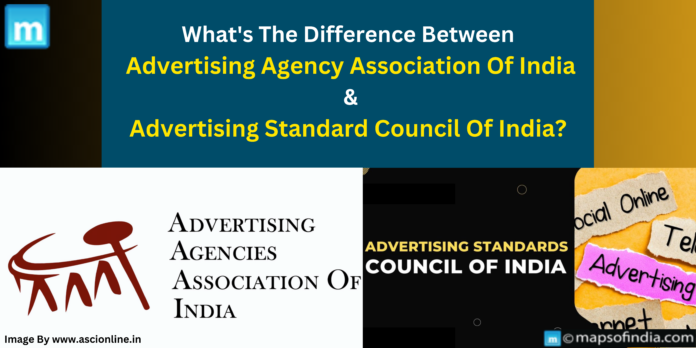The Indian advertising industry thrives on a dynamic ecosystem where various organizations play crucial roles. Two prominent entities, the Advertising Agencies Association of India (AAAI) and the Advertising Standards Council of India (ASCI), are often confused due to their overlapping spheres of influence. While both contribute significantly to the industry, they have distinct objectives and approaches.
The Voice of the Industry: Advertising Agencies Association of India (AAAI)
Established in 1954, the AAAI is the leading representative body for advertising agencies in India. A non-profit organization, the AAAI champions the collective interests of its members and fosters an environment conducive to the advertising industry’s growth and development.
Core Functions of AAAI
- Advocacy: The AAAI acts as a liaison between the advertising industry and the government, advocating for policies and regulations that promote fair business practices and address industry concerns.
- Education and Training: The AAAI actively encourages professional development within the advertising sector by organizing workshops, seminars, and training programs to equip members with the latest industry trends and knowledge.
- Networking and Collaboration: The AAAI facilitates networking opportunities for advertising agencies, fostering collaboration and knowledge sharing within the industry.
- Promoting Ethical Practices: While not a regulatory body, the AAAI upholds ethical standards within the advertising industry through its code of conduct and addressing industry-related issues.
Membership and Governance
- Membership in the AAAI is open to advertising agencies that meet specific criteria, ensuring a representative voice for the industry.
- The AAAI is governed by an elected Executive Committee comprising representatives from member agencies.
The Guardian of Standards: Advertising Standards Council of India (ASCI)
Founded in 1985, the ASCI is a voluntary, self-regulatory organization established by the advertising industry. Unlike the AAAI, the ASCI functions as an independent body to ensure fair and ethical advertising practices in India.
Core Functions of ASCI
- Developing and Enforcing the ASCI Code: The ASCI has established a comprehensive Code for Self-Regulation that outlines ethical guidelines for advertising content. This code addresses issues like truthfulness, decency, fairness, and the protection of consumer interests.
- Complaint Redressal Mechanism: The ASCI provides a platform for consumers to lodge complaints against misleading or unethical advertisements. The council investigates complaints and issues corrective pronouncements.
- Consumer Awareness: The ASCI actively promotes consumer awareness about their rights and encourages them to report misleading advertisements.
Membership and Governance
- The ASCI has a broader membership base, encompassing advertisers, advertising agencies, media organizations, and other industry stakeholders. This ensures a holistic perspective in addressing advertising-related concerns.
- The ASCI is governed by a Board of Governors comprising representatives from various member organizations.
While the AAAI and ASCI function with distinct mandates, their efforts complement each other significantly. The AAAI’s focus on fostering a healthy industry environment indirectly upholds ethical practices. While established by the industry, the ASCI’s code and complaint redressal mechanism function as a form of self-regulation that benefits consumers and fosters trust in advertising. In conclusion, the AAAI and ASCI are critical in shaping the Indian advertising landscape. The AAAI ensures a strong voice for the industry and promotes its growth, while the ASCI safeguards consumer interests by advocating for ethical advertising practices. Their complementary approaches contribute to a thriving advertising ecosystem that benefits all stakeholders.




